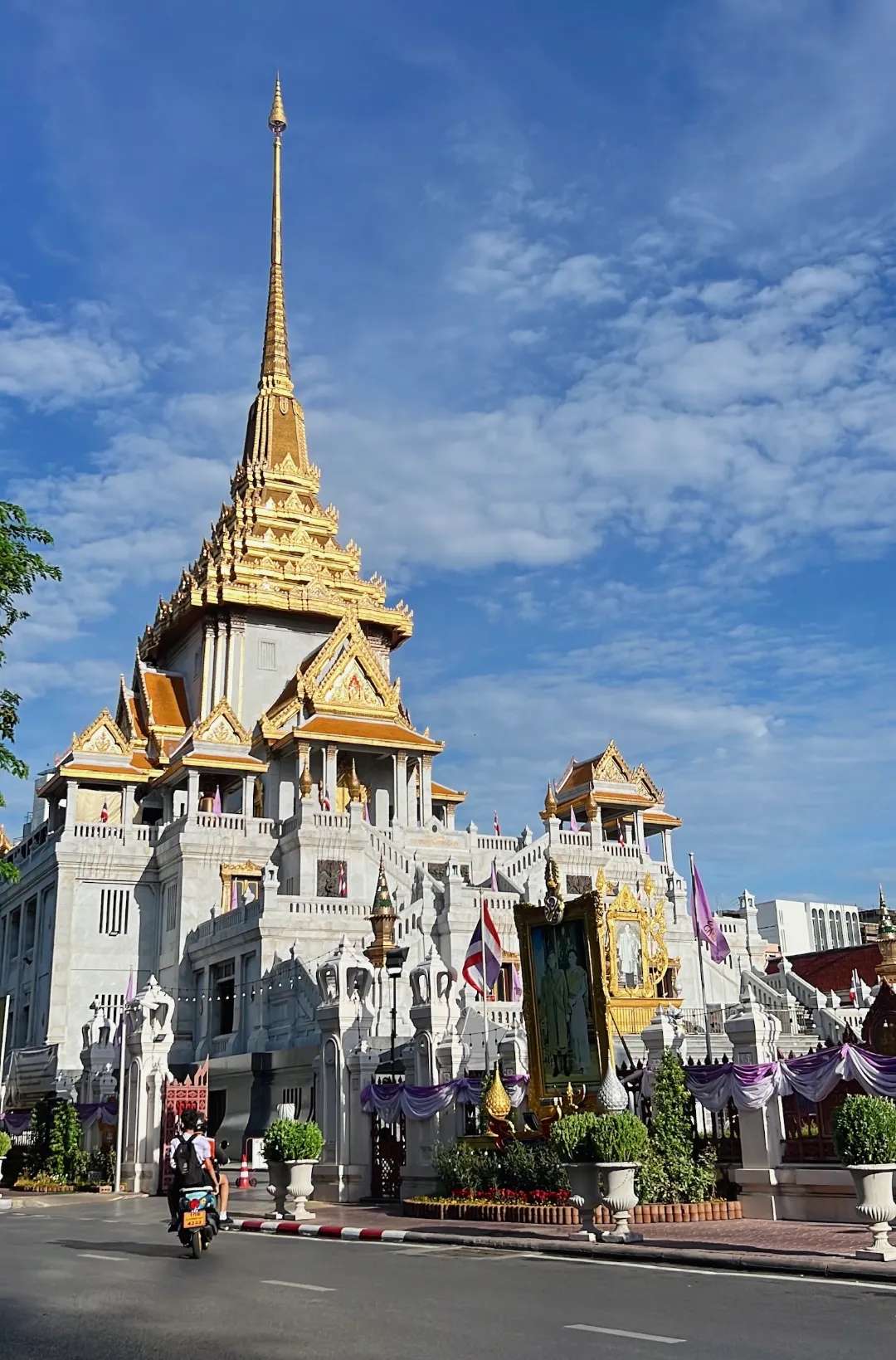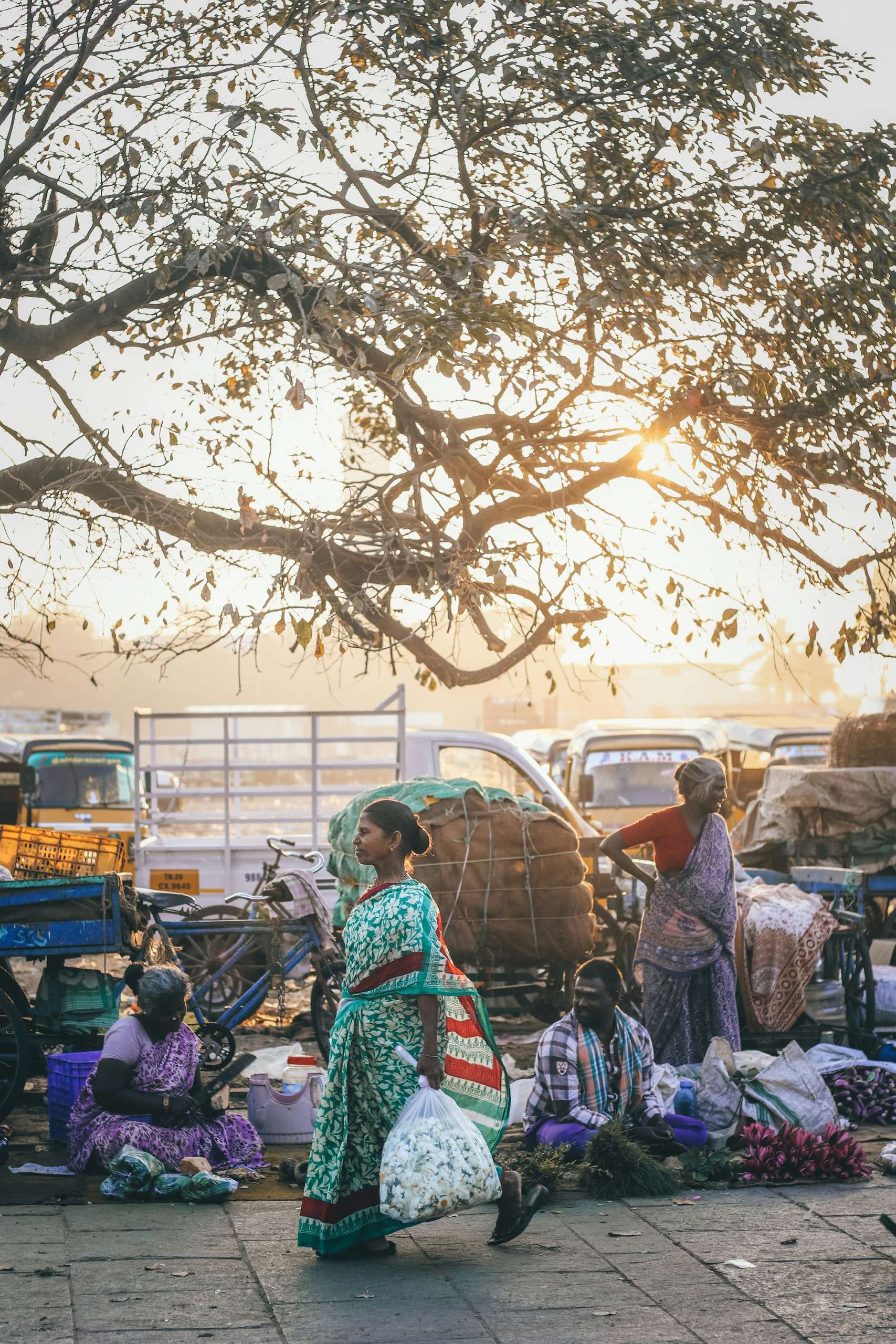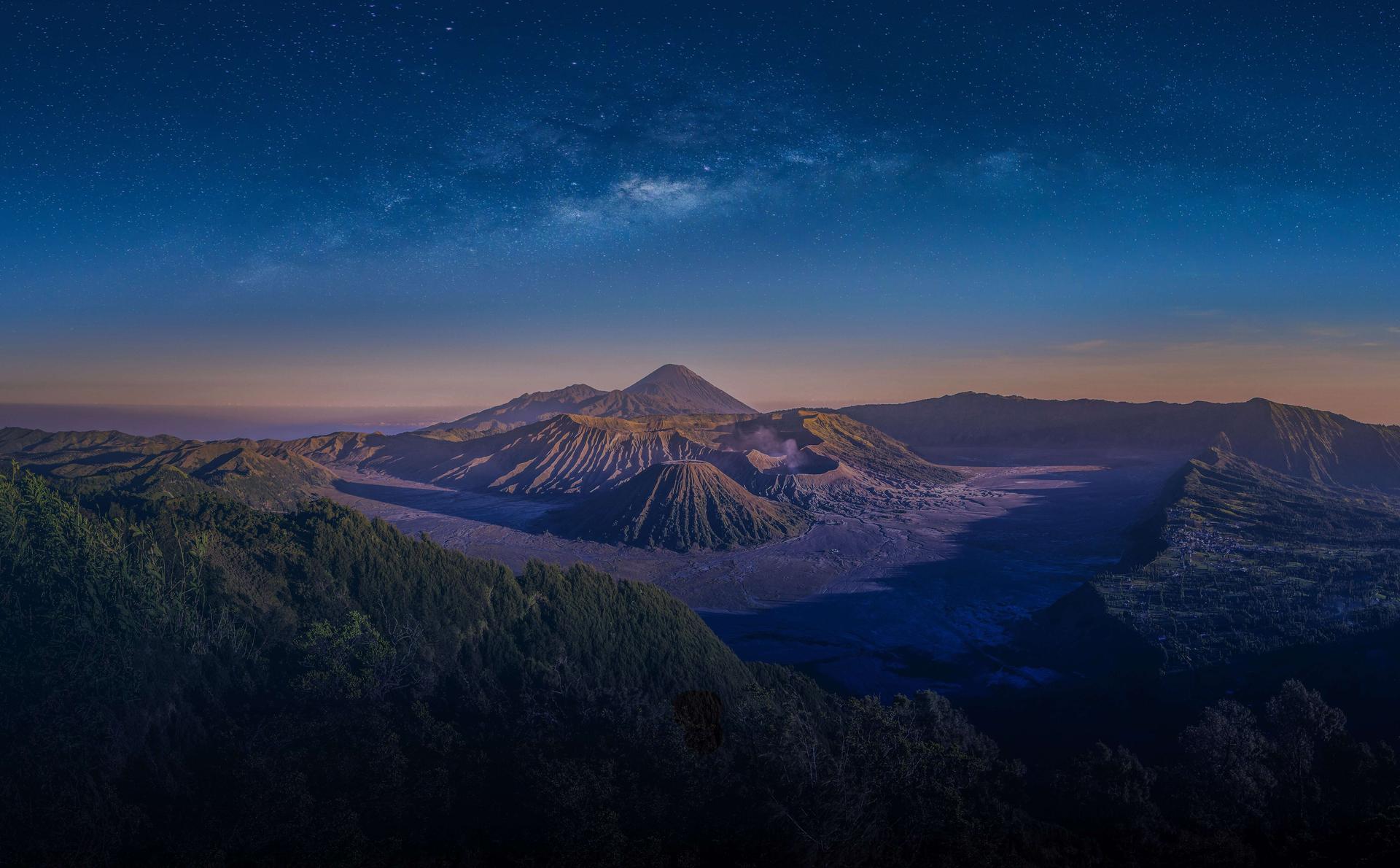Latest Update Information on Navigating the Singapore MRT System

Singapore is one of the favourite destinations for tourists from all over the world. Besides the many tourist attractions offered, Singapore's transport is very good, including the MRT.
Singapore's MRT system is one of the world's most advanced and efficient transport networks. It is the best way to travel around the city and reach various attractions in Singapore. The Singapore MRT system consists of five lines: North-South, East-West, Circle, Northeast, and Downtown.
For those planning to visit Singapore, you can choose the MRT to visit the city's attractions. This article will provide a complete guide to navigating the Singapore MRT system.

Flight from Penang to Singapore
Starts from SGD 17.50
Quick Guide for the MRT Lines
The MRT system consists of several lines, each marked with a different colour on the Singapore MRT map. These lines connect different parts of Singapore, making your journey faster and easier. Here is a description of Singapore's MRT lines:
1. Thomson-East Coast Line
The Thomson-East Coast line is marked in brown on the MRT map, a new line in the MRT system. The brown line offers an alternative to the North-South Line, and it is part of Singapore's Art in Transit programme.
2. Sengkang LRT and Punggol LRT
The Sengkang and Punggol LRT is marked in grey on the MRT map. It is a small line compared to other MRT lines but covers important areas in Singapore. Sengkang LRT is a fully automated train with two loops, the East Loop and the West Loop. Similarly, the Punggol LRT also has two loops.
3. North-South Line
The North-South Line is the first MRT line in Singapore and has been inaugurated since 1987. The North-South Line is marked in red on the MRT map. Several stations served by this line are Orchard Station, Khatib MRT Station, and Marina Bay Station.
Near Orchard Station, you can find the area is bustling with activity, with its shopping centres, retailers, strip malls, eateries, and boutiques. Then, if you want to visit several tourist attractions in Singapore that provide wildlife encounters, you can stop at Khatib MRT Station. Marina Bay Station is near Marina Bay, the iconic place in Singapore with many tourist attractions, including Gardens by the Bay, Supertree Grove, and ArtScience Museum.

Flight from Bangkok to Singapore
Starts from SGD 88.27
4. North-East Line
The North-East Line is marked in purple on the MRT map. It is the first MRT in the world to utilise driverless automated LRT fully. The North-East Line serves 16 stations, each of which features interesting artwork. Some popular stations that the North-East Line passes through are Little India Station, Clarke Quay Station, and HarbourFront Station.
Little India Station is near the area that offers colourful shophouses, street food and authentic Indian culture. Then, near Clarke Quay Station, it is home to Singapore's dining and nightlife scene, where you can find restaurants, clubs, and bars with great night views. Then, if you want to go to Sentosa Island, you can stop at HarbourFront Station.
5. East-West Line
The East-West Line is Singapore's second oldest MRT line and the longest line in the city. This line serves at least 35 stations. The East-West Line is marked in green on the MRT map. Some popular stations the line passes through are Raffles Place Station, Bugis Station, and Changi Airport Station.
If you want to go to Merlion Park, you can stop at Raffles Place Station. Then, Bugis Station is close to Bugis Street market which is popular for its traditional shops, hawker stalls, and modern boutiques. Changi Airport Station is the station that is close to Jewel Changi Airport.
6. Downtown Line
The Downtown Line is marked in blue on the MRT map. It is the longest underground line in the world and serves 34 stations. Some of the most popular stations served by this line are Bugis Station, not far from Haji Lane, and Promenade Station, near Singapore Flyer.

Flight from Seoul to Singapore
Starts from SGD 172.76
7. Circle Line
The Circle Line is named after its circular shape on the MRT map. On the MRT map, the Circle Line is marked in orange. The Circle Line includes 30 stations, some of which are Esplanade Station, Bayfront Station near the Marina Bay Sands complex, and Botanic Gardens Stations that offer direct access to the Singapore Botanic Garden.
8. Bukit Panjang LRT
The Bukit Panjang LRT, marked in grey on the MRT map, is only 7.6km long but connects with the North-South Line and Downtown Line.

Flight from Chennai to Singapore
Starts from SGD 109.83
Singapore MRT Fares and Ticketing Systems
Singapore MRT fare depends on the distance travelled and the type of ticket used. Fares are also divided into adult fares and senior citizen or student fares. Adult fares range from S$0.92 to S$3.10 for a single trip. Meanwhile, senior citizen and student fares range from S$0.50 to S$1.55 for a single trip.
EZ-Link cards can be used to pay for the Singapore MRT. These cards can be purchased and topped up at MRT stations or convenience stores throughout Singapore. Other types of MRT tickets include the Singapore Tourist Pass and Monthly Travel Pass, which offer unlimited travel for a specified duration.
MRT is a transport network in Singapore that can take you to various tourist attractions because it is connected with dozens of stations spread throughout Singapore. This transportation is the most recommended, Singapore MRT is even called the most advanced and efficient transport network in the world. Singapore MRT is divided into several lines that can be seen on the MRT map.

Flight to Singapore
Starts from SGD 45.85
Recommended Articles

The Peak: The Best Spot to View Hong Kong from the Sky!

Ocean Park Hong Kong: All You Need to Know about Best Waterpark in Hong Kong!

Top Cultural Tourism Destinations in Australia, Worth a Visit!

8 Vacation Tips in Australia for Backpackers, Check it out!

Top Beaches to Enjoy in Australia, Let's Visit!

Top Family Destinations in Australia, Ready to Explore?






 Facebook
Facebook Instagram
Instagram TikTok
TikTok Youtube
Youtube Telegram
Telegram
